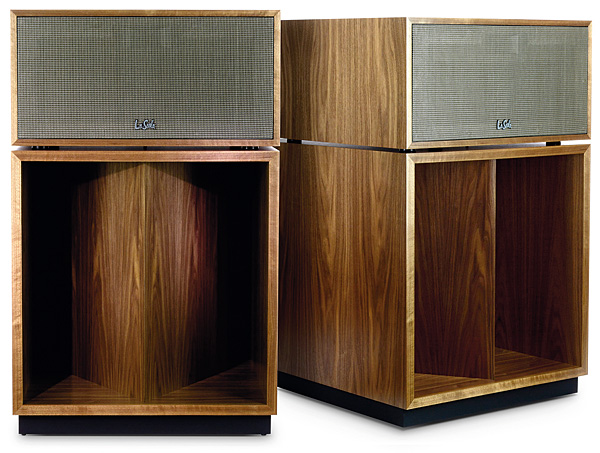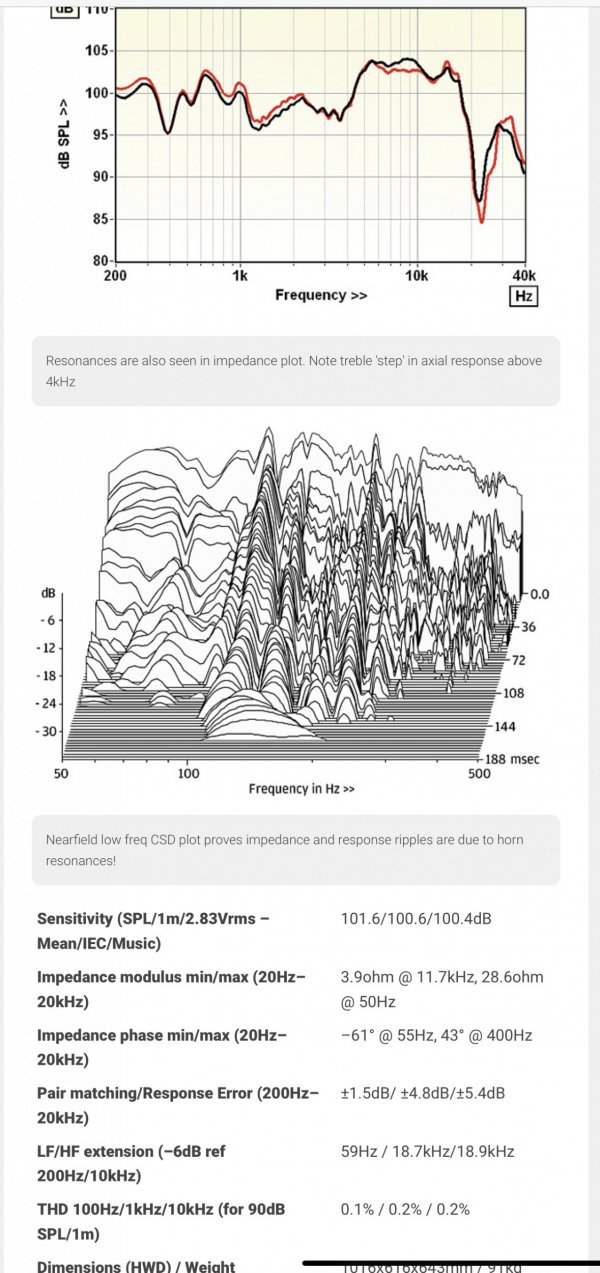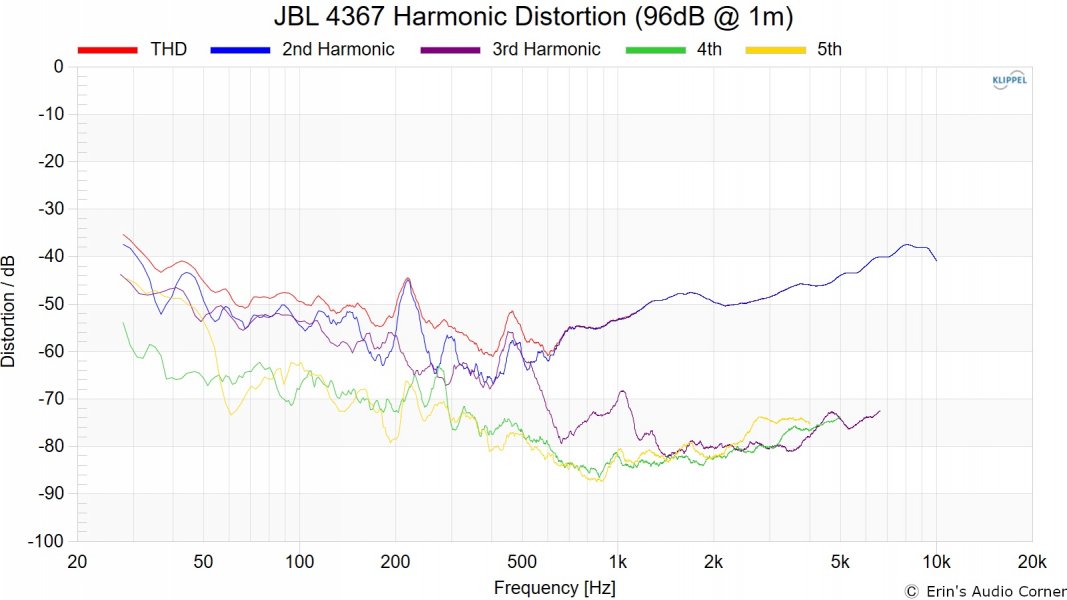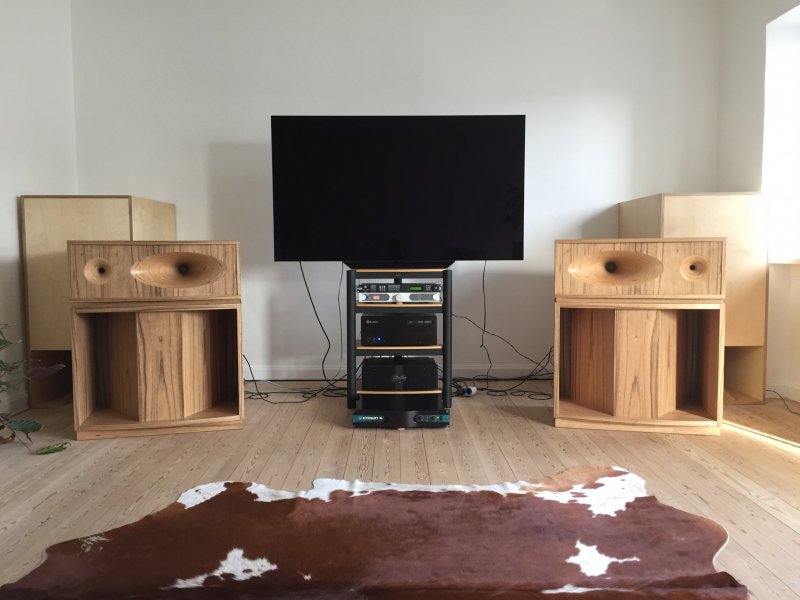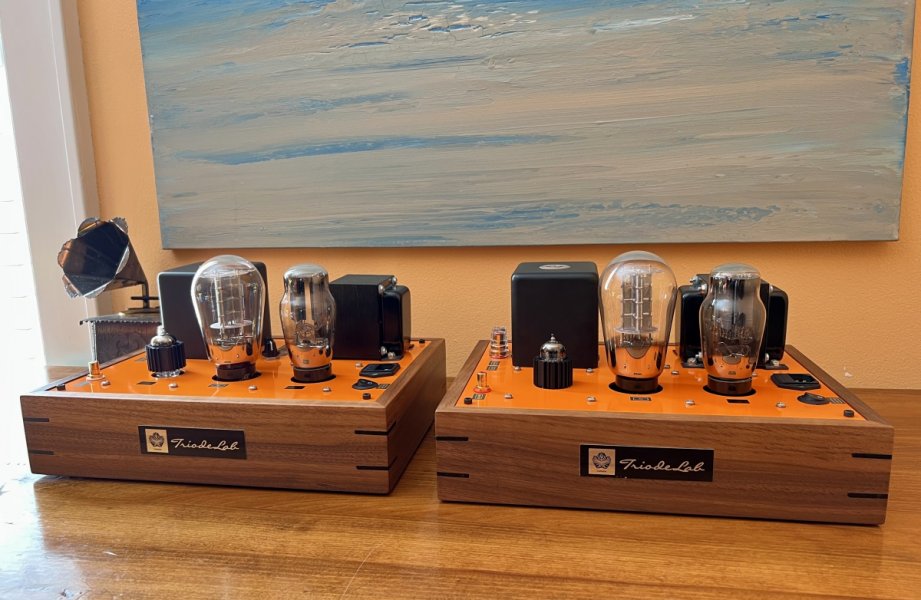For 30+ years, I stayed away from horn loudspeakers, no small part due to the biased opinions of many reviewers in Stereophile, TAS, etc. I largely stuck to Quad electrostatic, Harbeth, Spendor and similar loudspeakers with an occasional foray into dynamic speakers like the B&W 800Ds. I am now in my early 60s and less inclined to trust “expert” opinions and willing to trust what I hear for myself. I’m also realizing post pandemic that life is too short. Sometimes you’ve got to take that bold plunge into the unknown.
So, I broke with my past tradition, ignored “audiophile” expert opinions, and bought my first pair of horn loudspeakers, a pair of Klipsch La Scalas. Set them up yesterday with the help of my not-too-happy-but-willing-to-put-up-with-a-crazy-60+-year-old wife, who was none too thrilled about schlepping a pair of 200 pound behemoths from my garage to my adjacent listening room.
Well, the La Scalas sound bloody marvelous, to use a Brit phrase. I’m driving them with a pair of Dennis Had’s wonderful Cary 300B SET monoblocks, which use one Western Electric 300B tube per channel to produce about 8 watts. They can drive the La Scalas to frightening levels. But I listen at moderate volumes. The rest of the chain is a CEC TL0 belt drive CD transport, a Lampizator Pacific DAC with KR 242 tubes, a Lampizator DasKomputer server, and an Audio Research Reference 3 preamp.
I always listen to choral music to judge coloration in a loudspeaker. Madetoja’s magnificent choral music sung by the 100+ year old Helsinki University Chorus is playing now. Absolutely gorgeous sound of a large group of male voices that is pouring into my listening room, transporting me thousands of miles away to a recording venue in Finland where this CD was recorded. Stunning dynamics from soft to loud. No hint of compression. No brightness or horn coloration that I, a grizzled audiophile of 35+ years trained on Quads and Harbeth’s can detect. But unlike those wonderful Brit models, the La Scala does not compress or sound harsh at any volume. When the singers go loud, you hear the hundred+ voices in unison moving real air. Arvo Part‘s magnificent choral music streamed in high resolution on Qobuz was equally transfixing. The speakers disappeared, quite a feat for such large refrigerator sized behemoths.
Dave Brubeck’s Time Further Out was a revelation. The drum kit sounded spookily real. No stat compression here. It goes from 0 to 90+ dB instantly and louder still if I risk my hearing. The funky track where they clap the weird beat that Brubeck always liked sounded like real people clapping in the room with me.
Early days, I know, but I know enough to realize I’ve been a fool these past few decades to trust “expert” opinion. Nothing matters but your own. These are true American classics, made for 60+ years, and the latest versions sound hugely better than ancient pairs you may have heard at flea markets. The build quality is stunning and the woodwork is gorgeous. The speaker binding posts are very high quality.
I paid ten grand for these. A steal. There are teensy weensy bookshelf audiophile models that sell for more. Yes, they weigh close to 200 pounds each. You need some room. A very good tube amplifier, and matching front end. But these are true classics. Long may the House of Klipsch prevail. As the cartons put it, “Keepers of the Sound”. Well put. Refusing to succumb to the audiophile fashion of teensy weensy slim profile loudspeakers, the La Scalas inhabit their own universe. Try them out. You might be surprised.
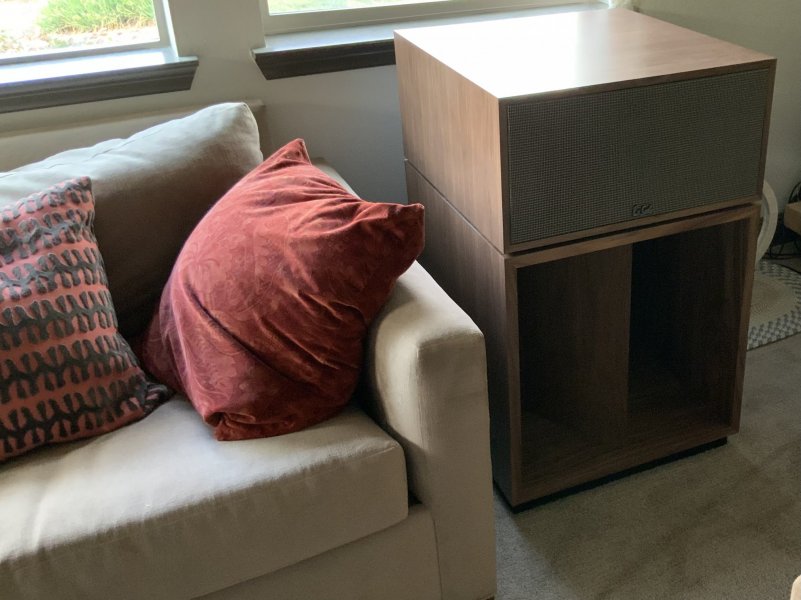
So, I broke with my past tradition, ignored “audiophile” expert opinions, and bought my first pair of horn loudspeakers, a pair of Klipsch La Scalas. Set them up yesterday with the help of my not-too-happy-but-willing-to-put-up-with-a-crazy-60+-year-old wife, who was none too thrilled about schlepping a pair of 200 pound behemoths from my garage to my adjacent listening room.
Well, the La Scalas sound bloody marvelous, to use a Brit phrase. I’m driving them with a pair of Dennis Had’s wonderful Cary 300B SET monoblocks, which use one Western Electric 300B tube per channel to produce about 8 watts. They can drive the La Scalas to frightening levels. But I listen at moderate volumes. The rest of the chain is a CEC TL0 belt drive CD transport, a Lampizator Pacific DAC with KR 242 tubes, a Lampizator DasKomputer server, and an Audio Research Reference 3 preamp.
I always listen to choral music to judge coloration in a loudspeaker. Madetoja’s magnificent choral music sung by the 100+ year old Helsinki University Chorus is playing now. Absolutely gorgeous sound of a large group of male voices that is pouring into my listening room, transporting me thousands of miles away to a recording venue in Finland where this CD was recorded. Stunning dynamics from soft to loud. No hint of compression. No brightness or horn coloration that I, a grizzled audiophile of 35+ years trained on Quads and Harbeth’s can detect. But unlike those wonderful Brit models, the La Scala does not compress or sound harsh at any volume. When the singers go loud, you hear the hundred+ voices in unison moving real air. Arvo Part‘s magnificent choral music streamed in high resolution on Qobuz was equally transfixing. The speakers disappeared, quite a feat for such large refrigerator sized behemoths.
Dave Brubeck’s Time Further Out was a revelation. The drum kit sounded spookily real. No stat compression here. It goes from 0 to 90+ dB instantly and louder still if I risk my hearing. The funky track where they clap the weird beat that Brubeck always liked sounded like real people clapping in the room with me.
Early days, I know, but I know enough to realize I’ve been a fool these past few decades to trust “expert” opinion. Nothing matters but your own. These are true American classics, made for 60+ years, and the latest versions sound hugely better than ancient pairs you may have heard at flea markets. The build quality is stunning and the woodwork is gorgeous. The speaker binding posts are very high quality.
I paid ten grand for these. A steal. There are teensy weensy bookshelf audiophile models that sell for more. Yes, they weigh close to 200 pounds each. You need some room. A very good tube amplifier, and matching front end. But these are true classics. Long may the House of Klipsch prevail. As the cartons put it, “Keepers of the Sound”. Well put. Refusing to succumb to the audiophile fashion of teensy weensy slim profile loudspeakers, the La Scalas inhabit their own universe. Try them out. You might be surprised.
















